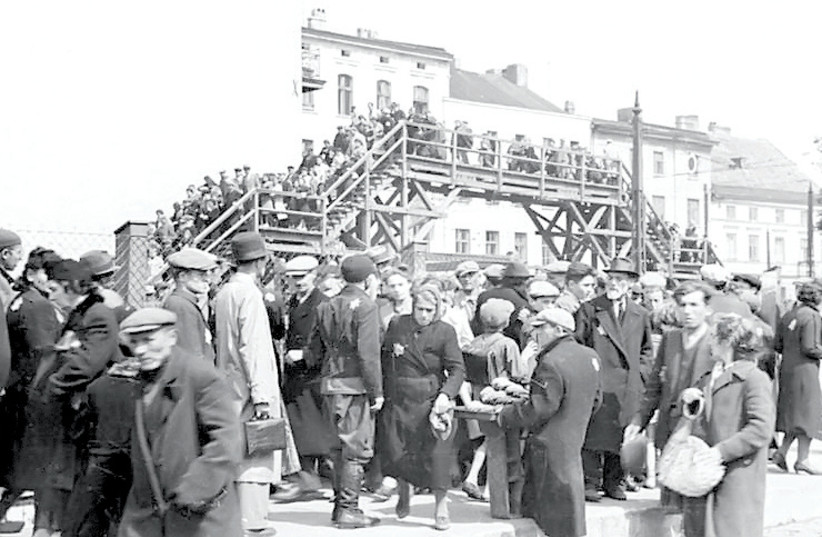The first exhibition in Israel by the late, famed Polish-Jewish artist Arthur Szyk has gone on display at the University of Haifa. Arthur Szyk, Man of Dialogue, will run until mid-August and then travel throughout the country.
Upon arrival last week, I rushed up to see the enlargement of a page from Szyk’s world-renowned Haggadah, that of the Four Sons. I bought his blue-velvet-covered Haggadah in Israel in 1963 and was always haunted by his provocative image of the wicked son. In 1940, when Szyk’s Haggadah was first printed in London, he wanted the world to know that the wicked son with the Hitler-esque mustache was on his way to rule the world.
In my teen years, when I studied the Tanach, I first encountered Szyk’s illustrated Pathways Through the Bible (Jewish Publication Society, Philadelphia, 1946). With World War II ending, I did not realize that he was a well-published political artist, recognized as the leading anti-Nazi artist in America, using his art to fight for the rescue of European Jewry.
Szyk was forgotten after his death in 1951 until the early 1990s, when his art was made known again by former American pulpit, rabbi, and antiquarian bookseller Irvin Ungar.
In addition to Irvin’s notes and lectures on Szyk and his creation of museum exhibitions for Szyk’s work throughout the United States and Berlin, Ungar also served as the curator of The Arthur Szyk Society. In 2005, he mobilized a Szyk Society exhibition entitled Justice Illuminated: The Art of Arthur Szyk to three cities: Łódź, Warsaw, and Krakow. As part of Szyk’s quote on quote “return to Poland,” Ungar was accompanied by the artist’s daughter, Alexandra Szyk Bracis. In Łódz, Bracis and Ungar met with Joanna Podolska, who was their guide on their ghetto tour.


For the past twenty years, Podolska has become the unofficial Polish “ambassador” for Szyk, presenting the Jewish artist as a man of dialogue who loved both Poland and the people of Israel. Podolska has often referenced Szyk’s statement: “I am a Jew and Poland is my country. I am not able to divide one from the other in my heart.”
Podolska’s interest in Szyk has spurred her creation of the Szyk exhibition at the Marek Edelman Dialogue Center entitled Arthur Szyk: Man of Dialogue.
The guided exhibit
This exhibit is currently being displayed at the University of Haifa.
During the guided exhibition, Ungar pointed out that between 1931 and 1932, in the wake of Hitler’s coming to power in Germany, the Polish government transferred Szyk’s Statute to 14 different cities in Poland. This, Ungar added, was meant to show support for Poland’s Jewish citizens and their importance in the history and well-being of the country.
The exhibition venue was initiated by the Polish Institute Tel Aviv in collaboration with the Interdisciplinary Unit for Polish Studies at the University of Haifa (HIUPS). Luisa Bel-Ashkenazy was responsible for the planning and setting up of the exhibition in the library.
Dr. Anat Vaturi, acting director of HIUPS, organized the 8th Forum of Young Scholars. Through Joanna Podolska, the Polish Institute and HIUPS decided to bring her exhibition to the university, which served as the opening event of the Young Scholars Workshop.
The workshops all focused on Polish-Jewish studies.
Israelis will greatly benefit from seeing Arthur Szyk’s artwork at the University of Haifa. Personally, from age 15 growing up in Atlanta to age 85 here in Israel, I am proud that his work has grown from the Szyk Haggadah to the powerful art that he created to challenge how Jews were being perceived during the Holocaust and the antisemitism faced by Jews throughout the ages.
